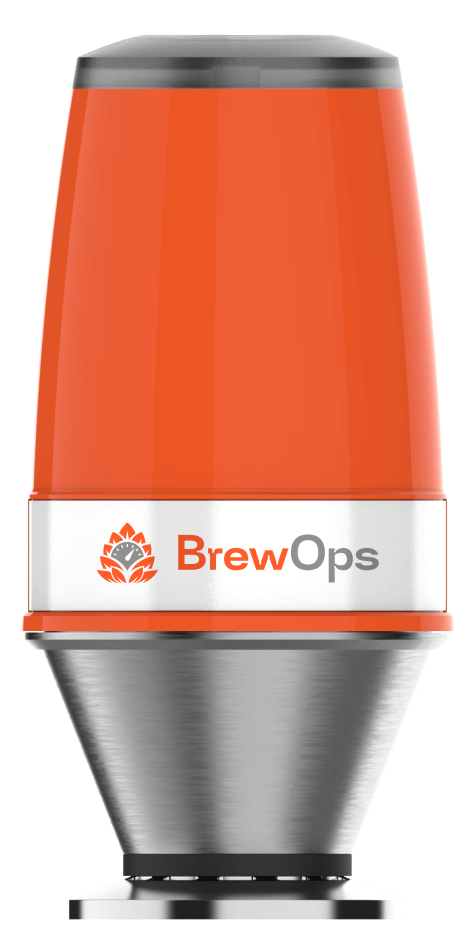When using sensor technology to automate the CIP process in beer brewing, operators benefit from real-time, traceable, repeatable information rather than estimates and guesses. Taking advantage of affordable BrewOps sensors that track that data not only creates monetary savings, but breweries can also increase their sustainability and significantly reduce their water consumption.
Massive amounts of water are required throughout brewing production, especially during clean-in-place (CIP)—an essential process of cleaning brewing equipment without disassembly or having to transport it to a different location. CIP is performed throughout all equipment in a brewery.
Optimizing water usage during the CIP process is crucial for the sustainability and efficiency of any modern brewery.
Automation’s Role in Saving Water During CIP
Lord Hobo Brewing Co. in Woburn, Massachusetts, added a BrewOps conductivity sensor to their CIP process and were immediately able to monitor the process automatically with real-time data. The sensor blinks red when there are chemicals in the line and then it blinks green when the water is clean. Historical data can be reviewed to see the conductivity and temperature of the various CIP cycles and gain an overall understanding on how long it took to complete the entire process.
Simplifying the process allowed the operators to multitask during the CIP process and gain confidence that the equipment has been thoroughly sanitized before adding valuable product into the tanks.
“Using automation has allowed us to greatly reduce the amount of water used for rinsing tanks post CIP,” says Lord Hobo Brewmaster Keith Gabbett. “The sensor gives you a clear indication that you’ve completely rinsed your tank of caustic or acid and, since you can see it from across the cellar, you’re able to react quickly to shut off the water. Best of all, the ease of installation and use meant that we were able to put it into production immediately, reducing our water usage from day one.”
BrewOps Rinse Features and Advantages
The BrewOps Rinse cuts wasted rinse water in half. It allows brewers to save time and money by reducing the amount of water used during the crucial CIP process. By installing the BrewOps Rinse on the botton of the tank, brewers can see when liquids change from caustic (acidic) to clean. When the tank is emptied of hot caustic while rinsing, brewers can see the conductivity and temperature levels on the coordinating BrewOps mobile app in real time. This allows them to know exactly when to stop the CIP process, saving gallons of water.
While rinsing the caustic from the tank, the BrewOps app measures the conductivity and temperature. The temperature will rise and the conductivity will fall as the tank empties. It is important to stop the use of fresh water as it drains out of the tank, ensuring that all the caustic has been removed.
The BrewOps Rinse lets brewers know when there are no longer any chemicals in the tank during the CIP process. Without this technology, brewers would formerly let the water flow another few minutes to ensure that the caustic was removed, wasting water and time.
BrewOps Rinse technology removes any second guessing that operators formerly had to make. The app tells them exactly when to turn off the water with confidence that the tank is ready for the next batch.
This helps operators reduce wastewater, decrease operational time, and ultimately save money.
To learn more about how the BrewOps sensor technology changes the game when it comes to brewing better beer, and to get pricing, please follow this link.


